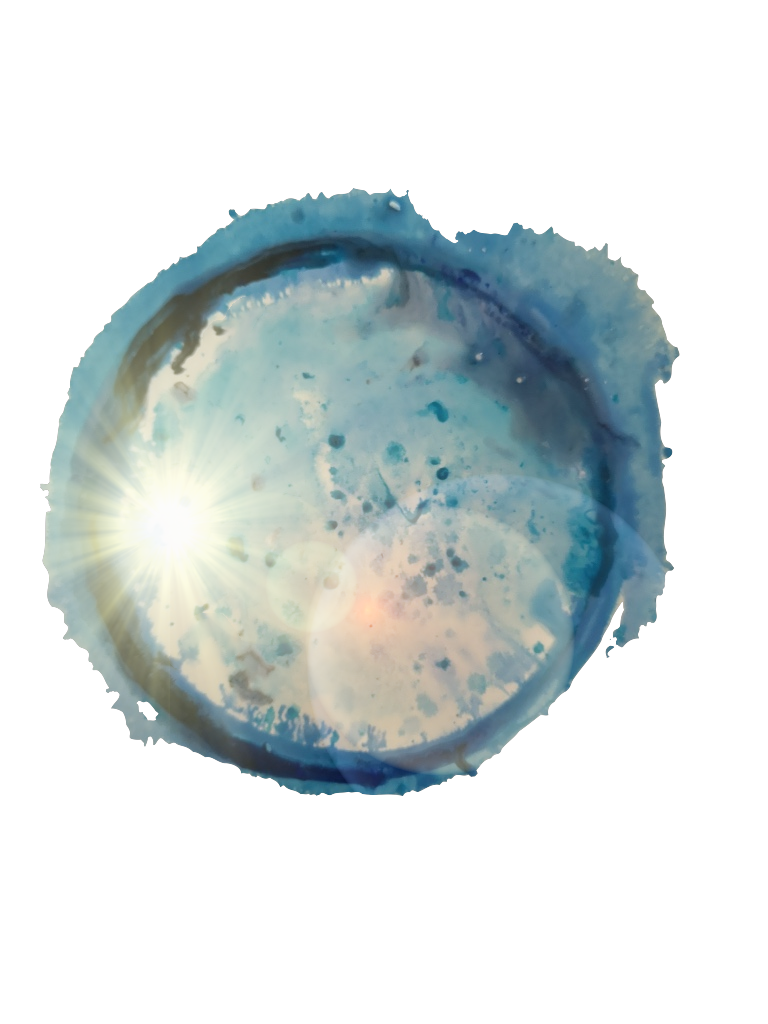
SARDINI LTD - PRESENTATION
Oysters are mega nutritious
- - Oysters are super rich in Zinc, an important mineral in human body function, playing an essential role in immunity, cellualar growth development. It also boost our testosteron production, this is probably why oysters are often considered aphreudisiac.
- - Oysters are also super rich in copper, essential in maintaining healthy bones, tissues and organs.
- Oysters are rich in Omega 3 essential fatty acids meaning it can't be sythetised by the organism and wee nedd to get them in our diet : 100 grams of oyster meat give about 670 milligrams of omega 3 fatty acid
- Oysters are protein desnse of hogh quality : 100 grams of oyster meat offer 7 grams of proteins for only 68 calories
- Oysters contains a significant concentation of vitamin B12. These vitamins help maintaining healthy blood cells and nerves and plays an essential role on DNA synthestisis.
| Zinc | Cooper | Vitamin B12 |
|---|---|---|
| 100 of oyster meat = 100 % RDI | 100 grams of oyster meat = 223% RDI | 100 grams of oyster meat = 324% of RDI. |
-
Step 1
You would need a sharp, narrow blade knife and a towel or gloves to protect your hands from accidental cut. Some oysters can be sharpe on the edge and the knife can slide on the side of your hand. Place the oyster in the bottom of your hand or on a table wth the cloth around, depending your comfort.
Place the curved side of the oyster in you left hand (for right handled). the pointed edge toward you.
Place the knife on the edge of the oyster as indicated on the photo.
-
Step 2
Insert the knife in between the top and bottom valve, on a slight angle toward the cupped side, making short sideways movements until half the blade is inside the oyster.

-
Step 3
Cut the muscle that kept the oyster closed side way using the sharp edge of the oyster. Once the pressure on the valve release, open slightly the two valves by rotating the knife.

-
Step 4
Place your knife towards the pointed side of the oyster, behind the muscle you have cute and slide the knife toward to wide edge of the oysters, keeping the bad against to top shelve to the top mantle of the oyster stay attached to the animal flesh. Remove the top shell.

-
Step 5
Te oyster body is still attached to the bottom shell. Free the flesh by cutting the bottom part of the muscle. The oyster body can be turned upside down within the shell for better presentation. Add a zest of lemon or vinaigrette with shallops or any other condiments of your choice and enjoy !


Let me first just say thanks for giving me some of your oysters and asking me to choose a wine to accompany them. The oysters are wonderful, cleanest I have ever encountered outside and inside, beautiful consistency in size and texture. There is a lovely creaminess to them and a touch of green which gives them great feel on the palate and retain some acidity. In terms of possible wine choices there are several options that I think would work well with these oysters. I ate them over several nights and tried a few different wines with them, for me the ideal matching is Chablis, but good Sauvignon, Muscadet and bubbles work as well. Chablis has a touch of creaminess and the minerality to match the oysters beautifully.


Two main species are available on the market in Europe. Top the Pacific oyster (l.n. Maggellina Gigas) and bottom ; the Native oysters (l.n.Osterea Edulis).
Pacific oyster, sometime also called cupped or rock oysters is the most common oyster species farmed worldwide. It was imported in the 70's from japan to replace the Portuguese oyster which was almost decimated by a disease.
Native oysters : Also called flat oysters are naturally occurring oysters in our European coast. Oysters initially farmed in bags but from 20 grams there are relayed at the deepest parts of the sea floor in areas protected with small fencing nets. They are are hand picked at adult size.










